Fall is upon us, and the woolly bears are out in force! You don’t need your bear spray, though; these are any of a number of moth caterpillars that have a fuzzy pelt that, in addition to keeping them warm during winter hibernation, also dissuades would-be predators from eating these rather unpalatable insects. They are arctiids, members of the family Arctiinae which is over 11,000 species strong. The ones I see most often here on my little peninsula at the Washington coast are a particular grouping called the tiger moths. There are varying bits of folklore about how the coloration and behavior of these caterpillars can predict whether the upcoming winter will be mild or harsh. Before we get into woolly bears’ winter prediction, let’s find out a little more about my local potential prognosticators.
My Local Woolly Bears
In spite of their name, tiger moths and their kin are herbivorous, and various species graze on a variety of plant matter, as well as algae and lichens. The caterpillars absorb toxins from the plants they eat which, while not harming them, does make them poisonous to birds and other predatory animals. The bright colors many tiger moth caterpillars exhibit warns away these potential threats, a phenomenon known as aposematism.
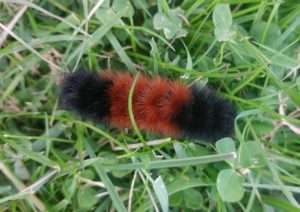
The best-known, and the one most pointed to as a sign of a good or bad winter, is the Isabella tiger moth (Pyrrharctia isabella, left). Its black and rust colored caterpillar can be found over all but the driest parts of the United States, and even into Canada and Mexico. While their hairs do not contain any irritating chemicals, it’s recommended to not handle them as the hairs themselves can still cause skin irritation–and it’s stressful for the poor caterpillar!
Another common inhabitant of the farm is the Virginia tiger moth (Spilosoma virginica). Its caterpillar, sometimes known as the yellow woolly bear, actually comes in a wide variety of colors, from white to yellow to a deep orange. They hatch out to a beautiful snowy white moth. Check out some of the caterpillar color morphs below!
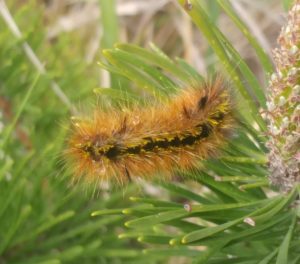
The silver-spotted tiger moth (Lophocampa argentata, right) doesn’t come out into the open as often here, or perhaps there aren’t as many. But the ones I’ve seen have been absolutely brilliantly colored caterpillars, of which this may have been the finest specimen. It’s a specialty of the western portion of the United States, and again its range spills over into Canada and Mexico. It has quite a varied diet and so can survive and thrive in a number of habitats.
The tussock moths are relatives of the tiger moths; I don’t see them quite as often as the tigers, but they are here. I’ve seen greater abundance of them as well as invertebrates in general as my landmate has been increasing the number of native plants on the property over the past few years. The spotted tussock moth (Lophocampa maculata, below left) normally looks like an Isabella tiger moth caterpillar wits its black and rust stripes, but it also has tufts of white hairs sticking out of its pelage. The only one I’ve seen in person, though, was an unusual white specimen with colored spots down its back. Another rather beautiful caterpillar is the rusty tussock moth (Orgyia antiqua, below right), which I’ve only had the pleasure of observing once here. While the caterpillars look the same regardless of sex, adult males and females look very different. The males have bright reddish-brown wings with white markings, while the light greyish-brown female is flightless. The rusty tussock moth is native to Europe, but was introduced to the United States and has become established here, particularly on the west coast and in the northeast.
Woolly Bears’ Winter Prediction
So why are we seeing so many more woolly bear caterpillars this time of year? They’re out looking for good sheltered spots to hibernate, of course! Some tiger moth species will have two generations of caterpillars in the year, one born in the spring, which reach adulthood and lay eggs in summer, and the second generation is born around August. These summer babies are the ones who will have to endure the long cold winter months. Thankfully they’ve evolved to survive; in addition to their fuzzy coats, their bodies also produce a natural chemical that keeps them from freezing even as they go into a deep torpor.
As mentioned above, the Isabella tiger moth is the one who is most looked to as a weather prognosticator. So the story goes, the narrower the rust-colored “belt” around the middle of the caterpillar, the longer and/or colder winter will be. Moreover, if one of these woolly bears is seen heading south, that’s supposedly another sign of very chilly conditions to come. But is it true?
Unfortunately for the almanac writers, the woolly bear’s coloration has nothing to do with upcoming winter conditions. Rather, it is due to the size and age of the caterpillar, as well as how much it has eaten and grown. Bigger, older caterpillars tend to have wider rust bands. However, wetter conditions during the caterpillar’s life can cause the rust band to be smaller, which means that it’s sometimes a record of past weather. A wet summer doesn’t necessarily mean a colder winter, either, so there’s no direct correlation to be found there. And, of course, the DNA of an individual woolly bear plays a part as well. So it would appear that woolly bears’ winter prediction is a myth.
Even if they aren’t nature’s meteorologists, woolly bear caterpillars are still a welcome sight on a bright autumn day. Appreciate their colorful presence before they go tuck themselves in for the winter!
Further Reading:
https://www.raritanheadwaters.org/2020/04/02/creature-feature-woolly-bear-caterpillar/
https://mdc.mo.gov/discover-nature/field-guide/isabella-tiger-moth-woolly-bear-woolly-worm
https://www.weather.gov/tsa/summer2004
Tiger Moths and Woolly Bears: Behavior, Ecology, and Evolution of the Arctiidae
edited by William E. Conner
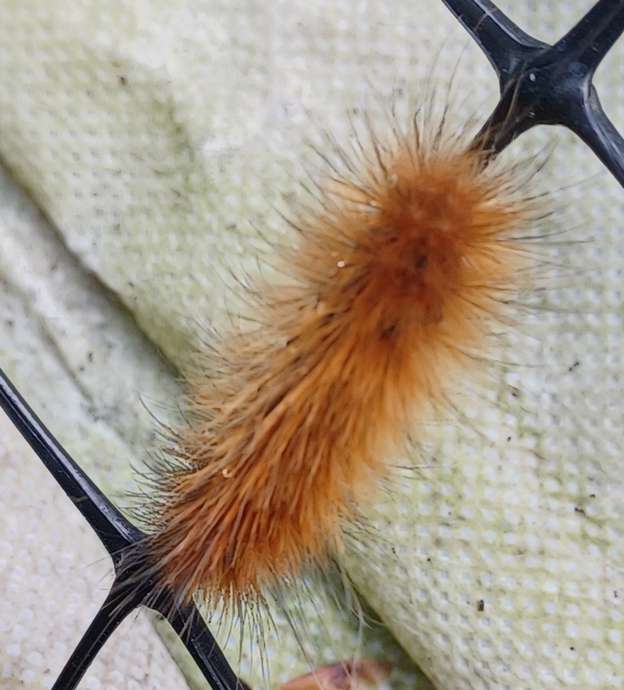
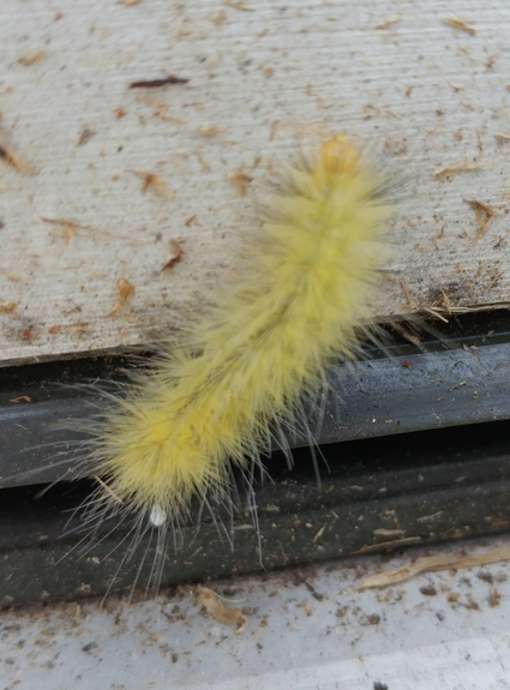
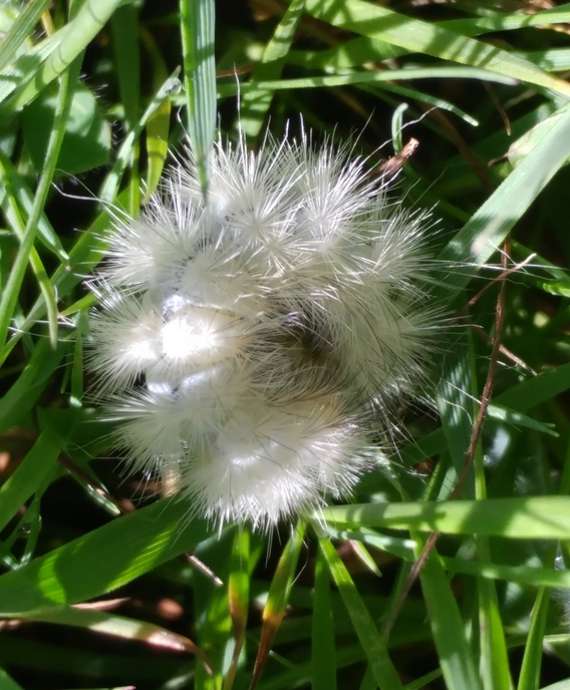
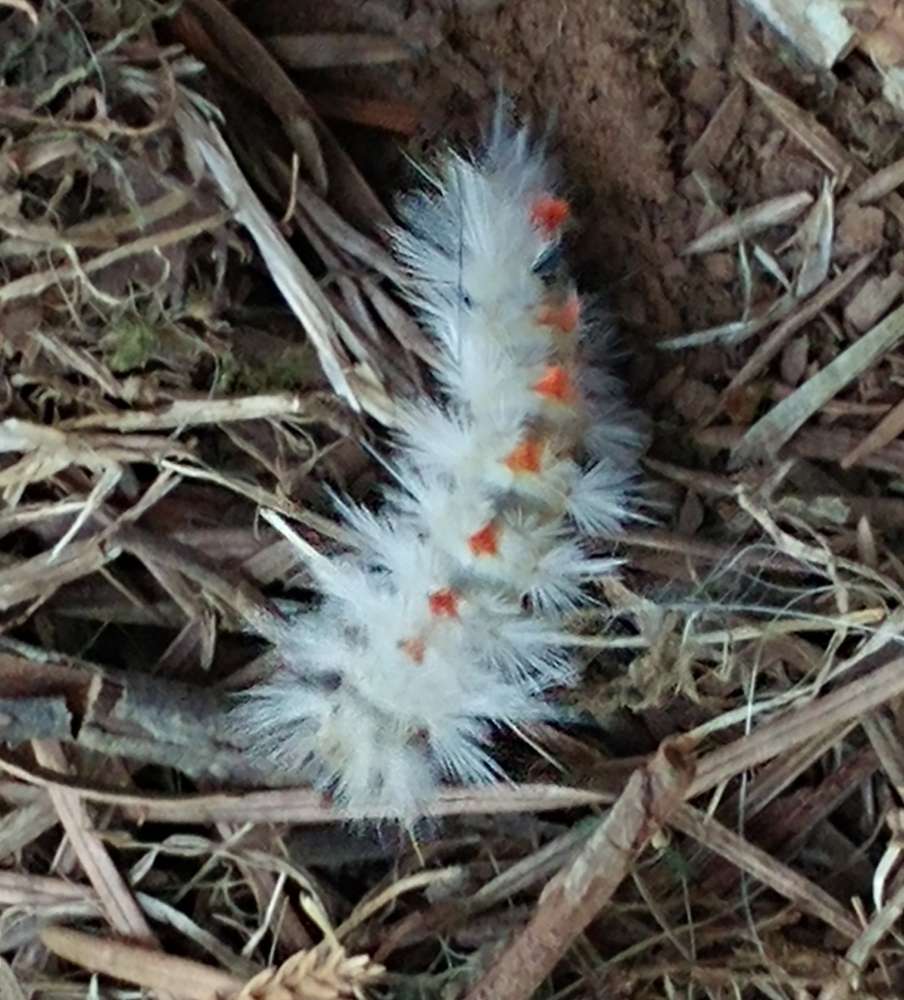
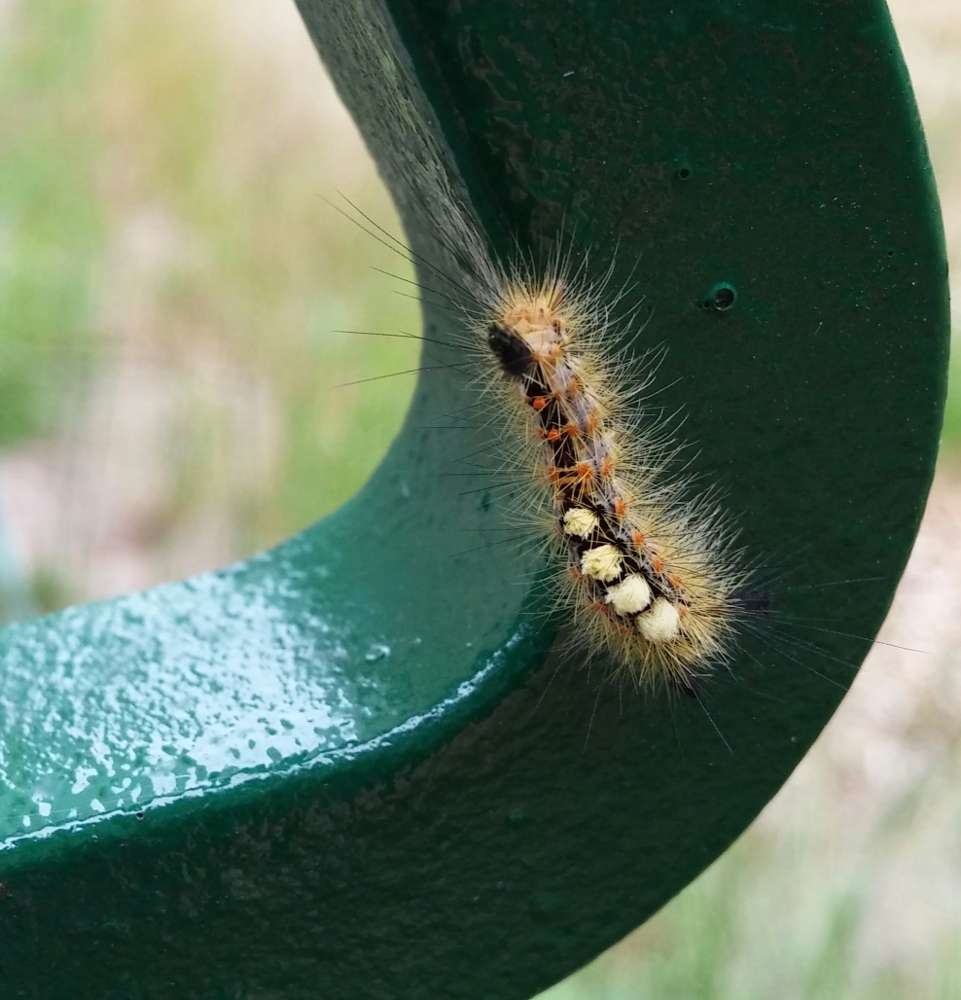

After growing up in northern Wisconsin and living in western Washington I have found the best predictor of winter severity is the size of a Finlander’s wood pile! (Actually I think I heard this from a Finlander. I was surprised to find as many Fins in western WA as in the upper Great Lakes area.)
I don’t doubt that! While caterpillars may not be the best weather forecasters, people who have to deal with the elements on a regular basis are necessarily keen observers of small cues that many of us might miss. It’s not always a conscious observation, but if your heat primarily comes from firewood, your winter comfort is a lot more hands-on than those of us who pass that responsibility onto the utility companies.
(Also, I absolutely love winter and Pacific wrens! It’s like they took the largest bird song ever and managed to stuff it into a feathered golf ball.)